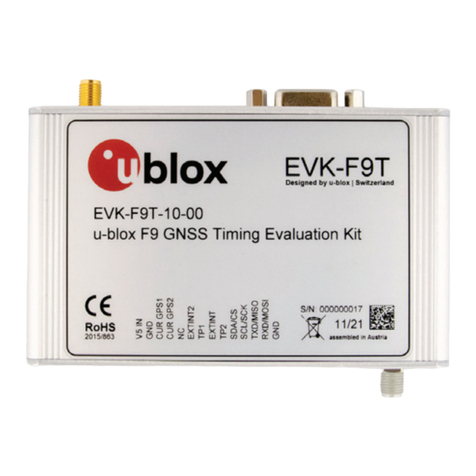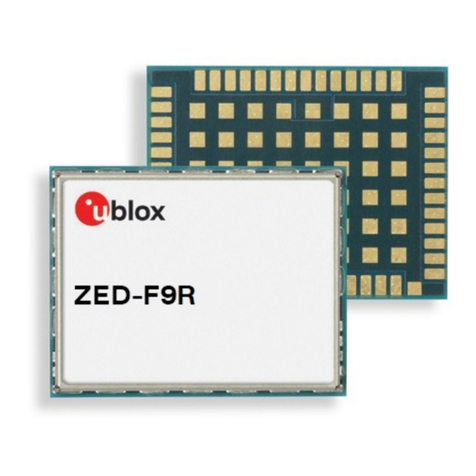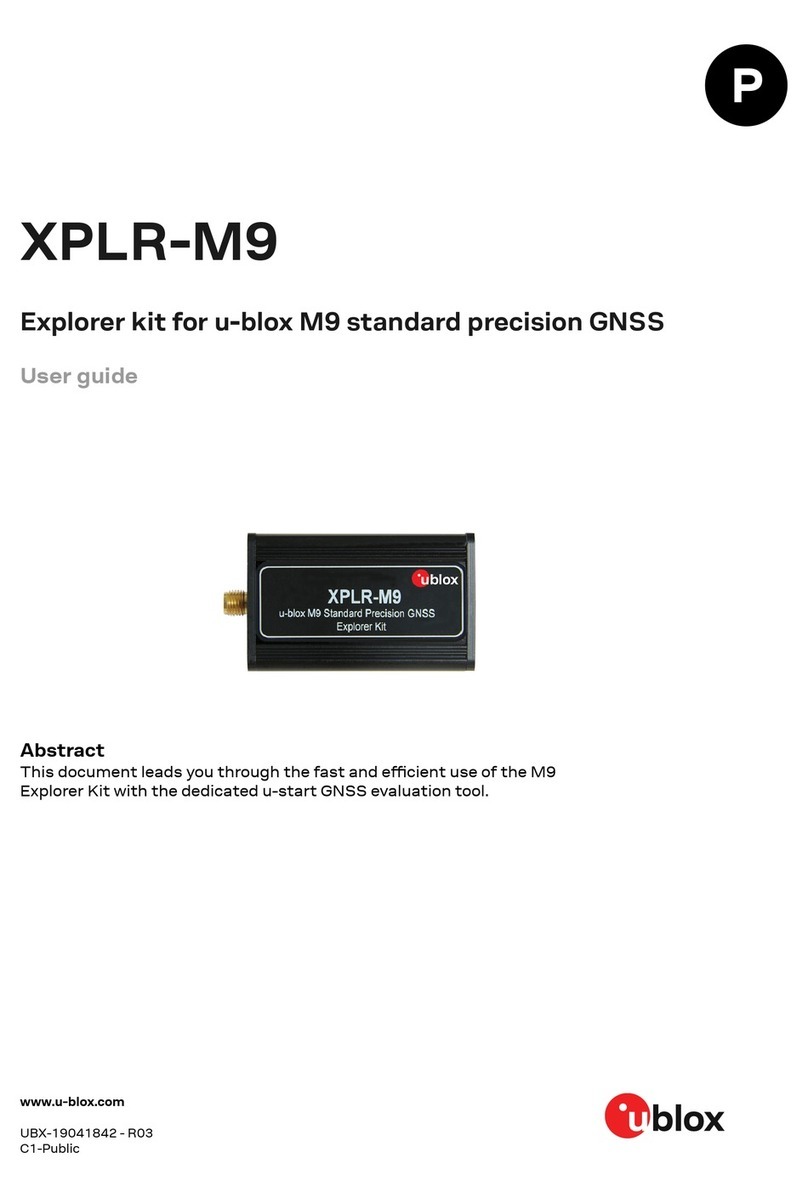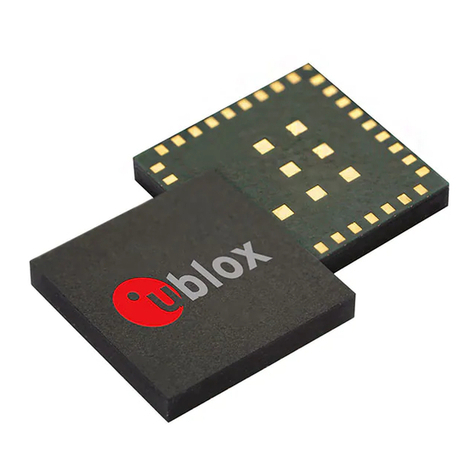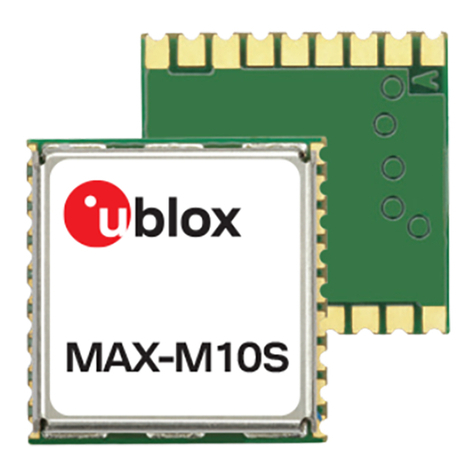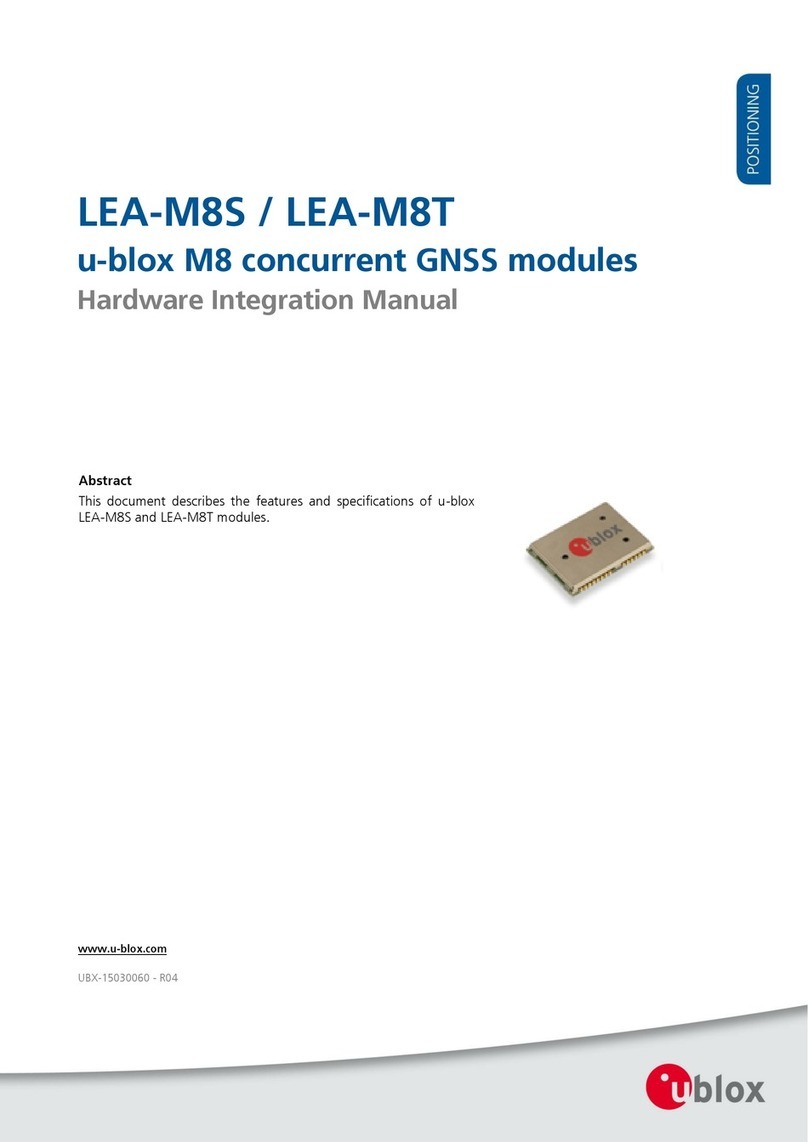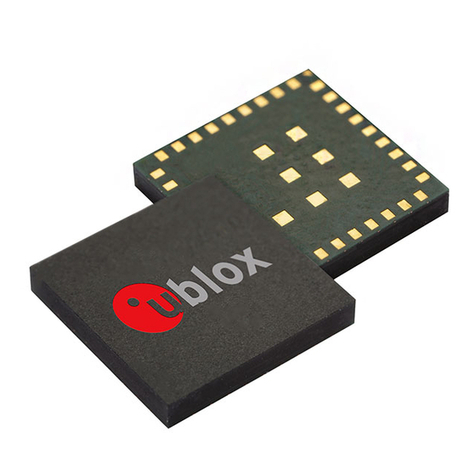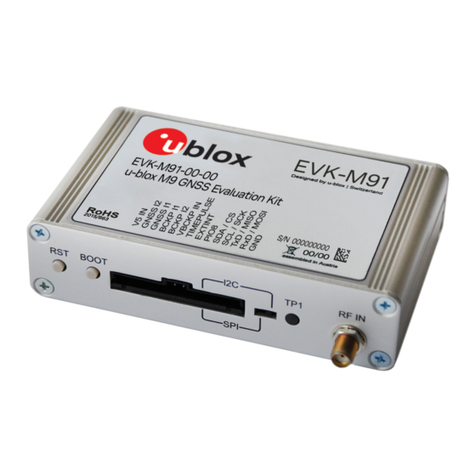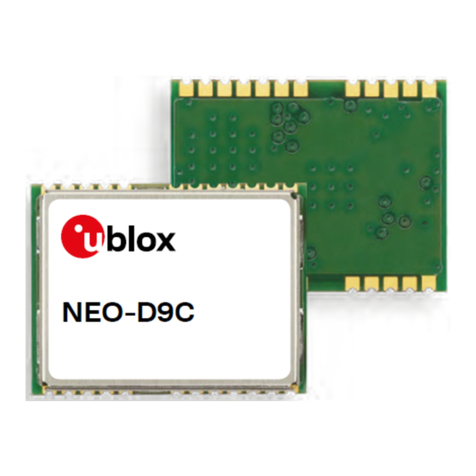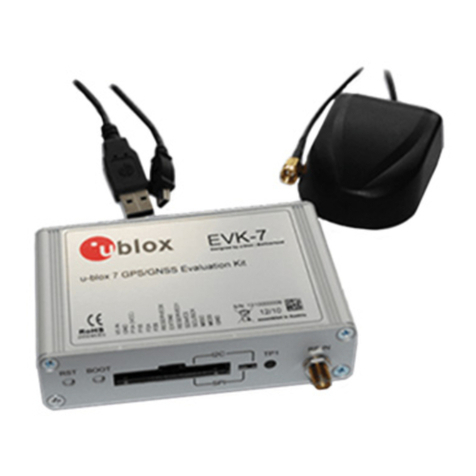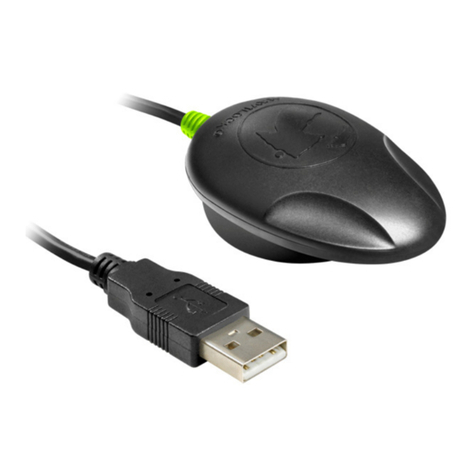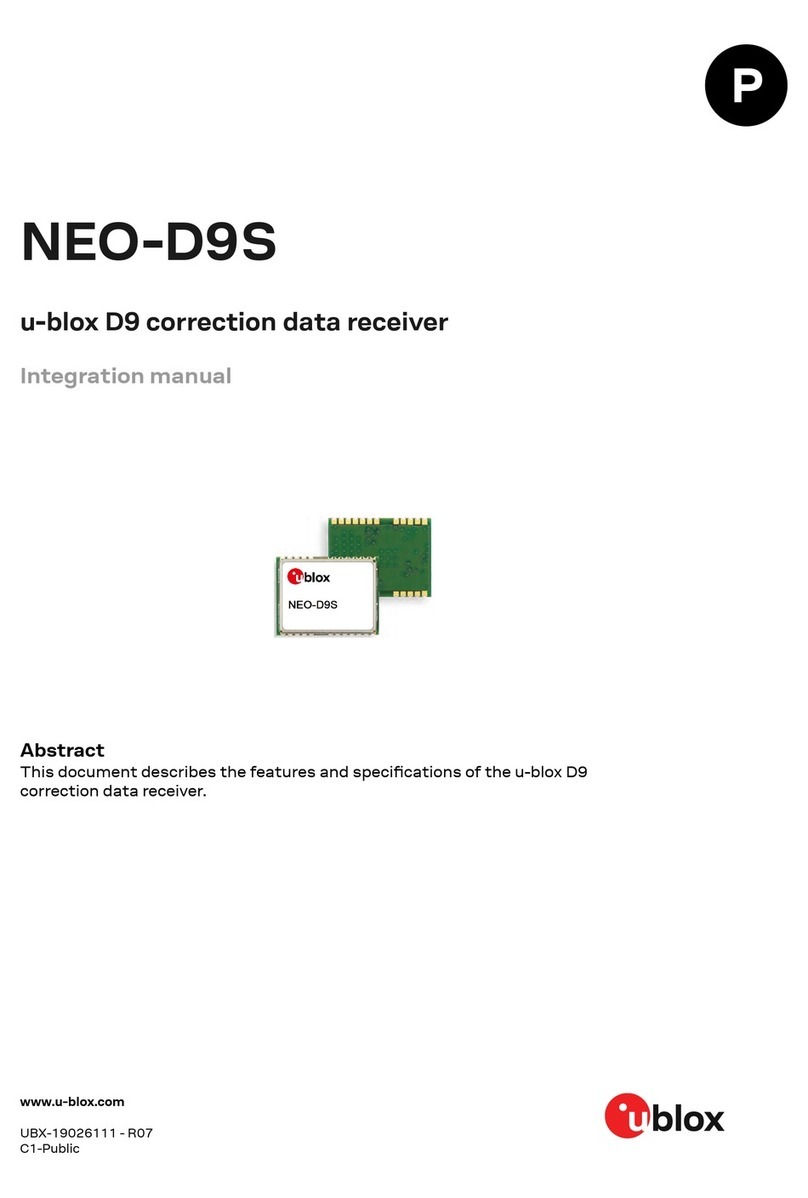
LEA-M8F - Hardware Integration Manual
UBX-14000034 - R03 Early Production Information Contents
Page 3 of 30
Contents
Contents..............................................................................................................................3
1Hardware description ..................................................................................................5
1.1 Overview .............................................................................................................................................. 5
1.2 Architecture.......................................................................................................................................... 6
1.3 Pin description for LEA-M8F designs ..................................................................................................... 7
1.4 Connecting power................................................................................................................................ 8
1.4.1 VCC .............................................................................................................................................. 8
1.4.2 V_BCKP......................................................................................................................................... 8
1.4.3 VCC_RF......................................................................................................................................... 8
1.5 Interfaces.............................................................................................................................................. 8
1.5.1 UART............................................................................................................................................. 8
1.5.2 USB ............................................................................................................................................... 8
1.5.3 Display Data Channel (DDC) .......................................................................................................... 9
1.5.4 SPI................................................................................................................................................. 9
1.5.5 DDC interface for External DAC Control...................................................................................... 10
1.6 I/O and Control Pins............................................................................................................................ 10
1.6.1 RESET_N...................................................................................................................................... 10
1.6.2 D_SEL.......................................................................................................................................... 10
1.6.3 FREQ_PHASE_IN0 / EXINT0, FREQ_PHASE_IN1 / EXTINT1............................................................. 11
1.6.4 REF_FREQ_OUT ........................................................................................................................... 11
1.6.5 TIMEPULSE / TP2 ......................................................................................................................... 11
1.7 Device Configuration.......................................................................................................................... 11
2Design .........................................................................................................................12
2.1 Layout: Footprint and paste mask ....................................................................................................... 12
2.1.1 Placement ................................................................................................................................... 12
2.1.2 Antenna connection and ground plane design ............................................................................ 13
2.1.3 Antenna micro strip connection................................................................................................... 15
2.2 GNSS Antenna Connection................................................................................................................. 16
2.2.1Passive Antenna Connection ....................................................................................................... 16
2.2.2 Active antenna connection .......................................................................................................... 17
3Migration to u-blox M8 modules ..............................................................................18
3.1 Software migration............................................................................................................................. 18
3.2 Hardware migration LEA-6T -> LEA-M8F ............................................................................................ 18
Supply Voltage .................................................................................................................19
4Product handling ........................................................................................................20
4.1 Packaging, shipping, storage and moisture preconditioning ............................................................... 20
4.2 Soldering ............................................................................................................................................ 20
